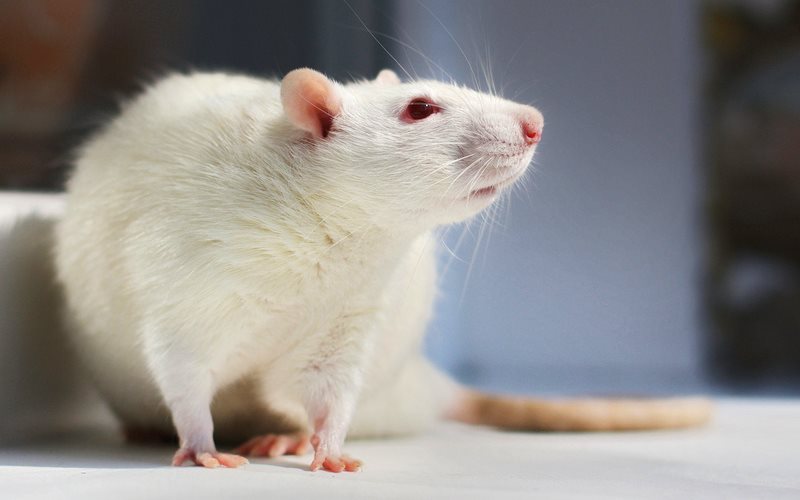As the EU prepares to vote on whether to re-authorise glyphosate this week, a new study finds that commercial formulations of the herbicide alter the development of rats’ uteruses, potentially causing cancer and affecting fertility.

Regulators should require studies to be carried out on glyphosate herbicides at realistic doses – but also demand a phase-out of their use until and unless their safety can be established.
Glyphosate herbicide disrupts the development of the uterus of female rats when they are exposed for seven days after birth, a new study by Argentine researchers shows.
The glyphosate herbicide caused cell proliferation and structural changes in the rats’ uterus. This was in spite of the fact that no signs of chronic or acute toxicity or differences in weight gain were seen in treated pups.
Glyphosate herbicide also disrupted the expression of proteins involved in uterine development. The authors conclude that exposure to glyphosate herbicide may affect female fertility, and could also lead to uterine cancers:
“All these changes may alter the functional differentiation of the uterus, affecting the female fertility and/or promoting the development of neoplasias.”
They also state that their study is the first to show endocrine-disrupting effects of a glyphosate-based herbicide on the uterus of newborn and prepubertal rats, supporting the possibility that glyphosate-based herbicides might be endocrine disruptors.
The discovery is published just as the EU’s authorisation for the herbicide is due to expire at the end of June. A meeting of the Appeal Committee of political representatives from member states on whether to renew the authorisation has been set for Friday this week.
France has already accounced that it will vote against authorisation, while the UK is expected to vote for. But many other countries including Austria and Germany are expected to record their objections by abstaining. In the event of no majority vote either way, the Commission will step in and re-authoprise for a 12-18 month period.
Dose found toxic in new study is claimed safe by US regulators
Doctors and scientists have noted high rates of miscarriage – sometimes called ‘spontaneous abortion’ – in women living in regions of Argentina where GM Roundup Ready soy is grown and sprayed with glyphosate herbicides. The new study may shed light on this phenomenon.
The dose of herbicide found to disrupt uterine development in the rats was 2 mg / kg of bodyweight per day, based on the US ‘reference dose’ of pure glyphosate that regulators deem safe to consume every day of our lives for a lifetime. Clearly, this study questions that assumption of safety. But there is a complication – namely that the exposure route chosen by the researchers was injection under the skin rather than oral administration.
Oral administration is one of the exposure routes favoured by the Organisation for Economic Cooperation and Development (OECD) for toxicology tests conducted on pesticides for regulatory purposes. Exposure routes are supposed to reflect human exposure routes as closely as possible. Studies that use injection are generally dismissed by regulators as ‘not relevant’ to human risk assessment.
However, the authors point out in their study that given the very early stage of development of the rat pups tested – they would still have been feeding from the mothers – injection was the only exposure route that would ensure incorporation of the whole substance into the rats’ bodies.
This makes good scientific sense, but almost guarantees that regulators will try to ignore the study.
Oral exposure not the same as injection
Scientists whom we consulted agreed with the authors’ justification for using injection, given the timing of administration. But they added that the distribution of the glyphosate herbicide in the rats’ bodies may be quite different following injection compared to the oral route – and that the toxic effects observed might therefore also be different.
One scientist advised that as only around 30% of glyphosate is taken up in the body through the usual oral route of exposure, the researchers should have injected lower amounts than the US reference dose to reflect this. Indeed, a dose-response experimental design, with additional lower doses, would have been preferable, though this would also have been more expensive.
We hope this important study can be followed up along these lines – all the more so as a characteristic of endocrine disruptors is that they are often more active at lower doses than at higher doses.
For their part, regulators should require studies to be carried out on glyphosate herbicides at realistic doses – but also demand a phase-out of their use until and unless their safety can be established.
GMWatch @theecologist.com
